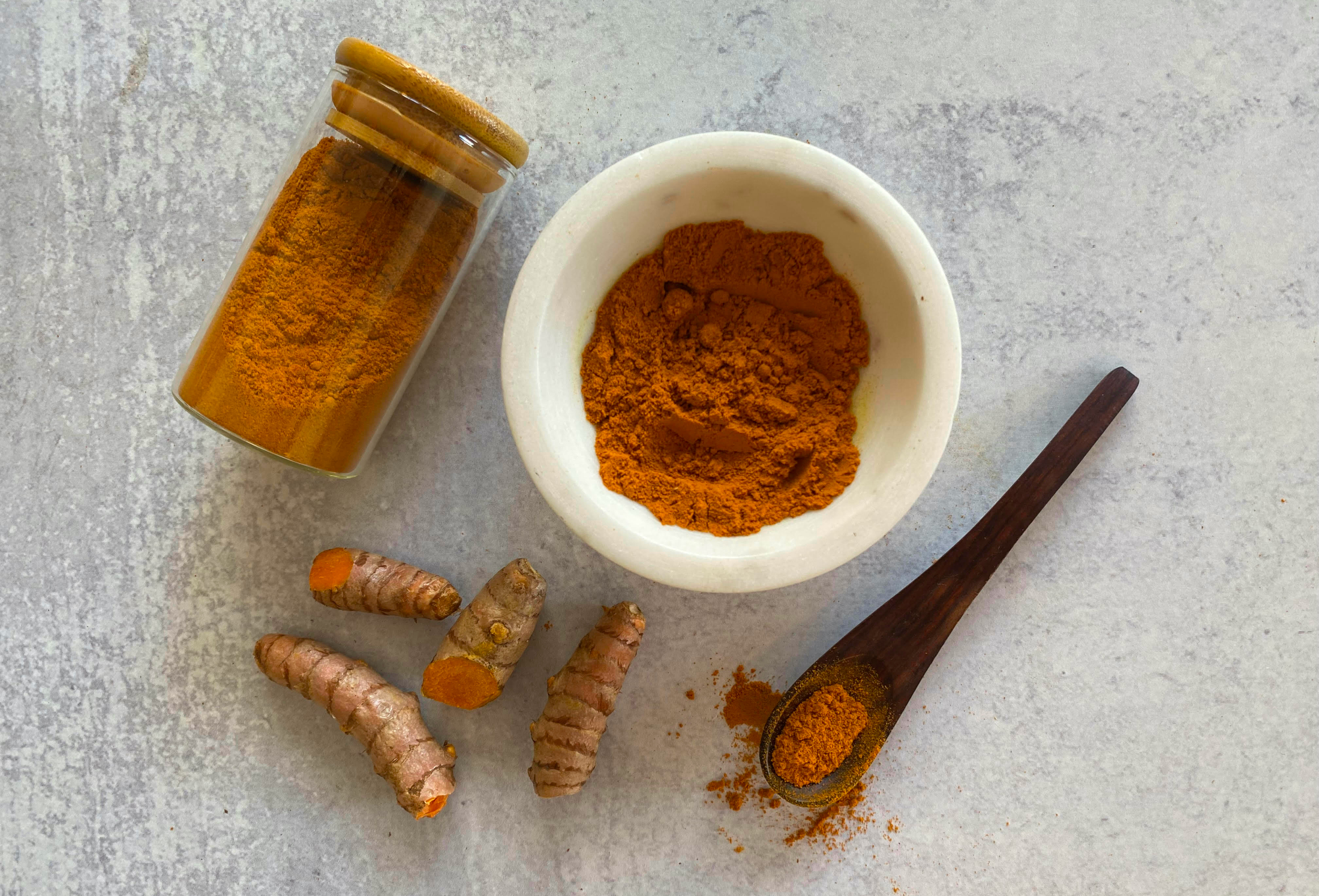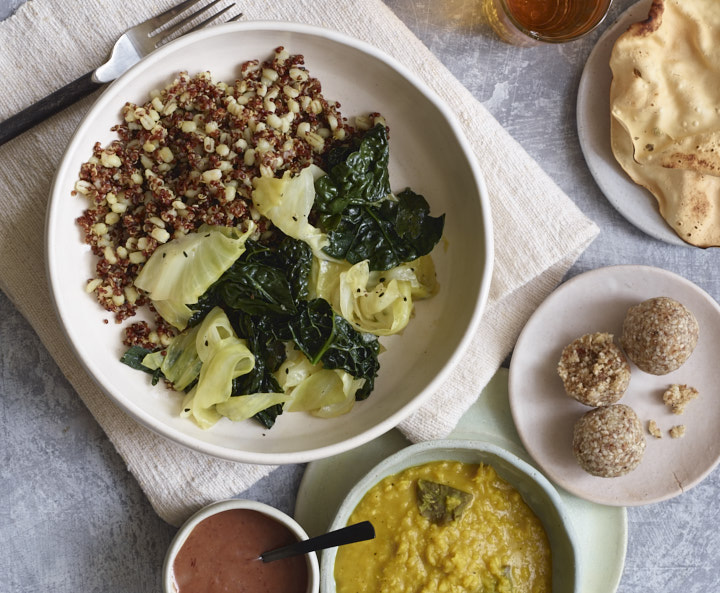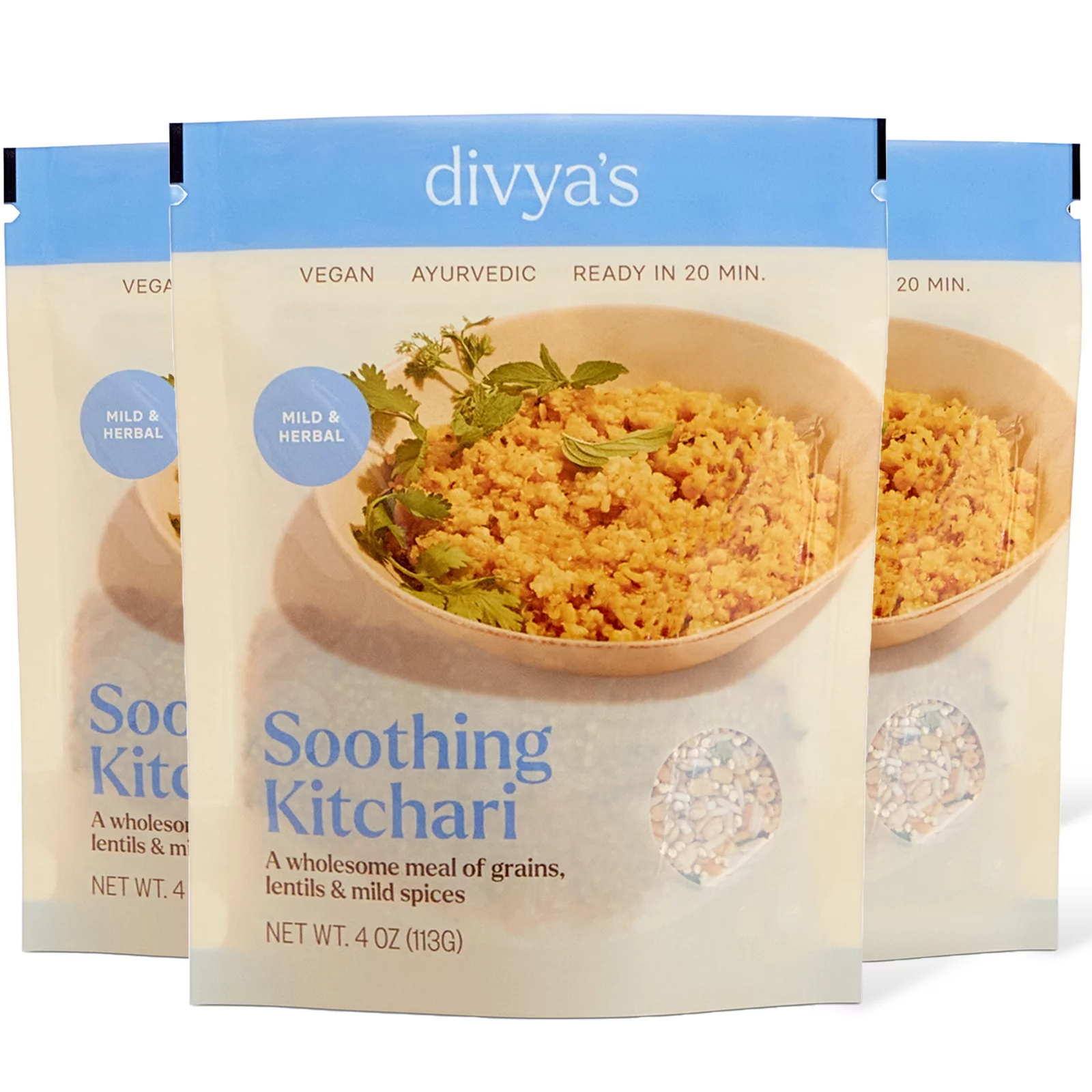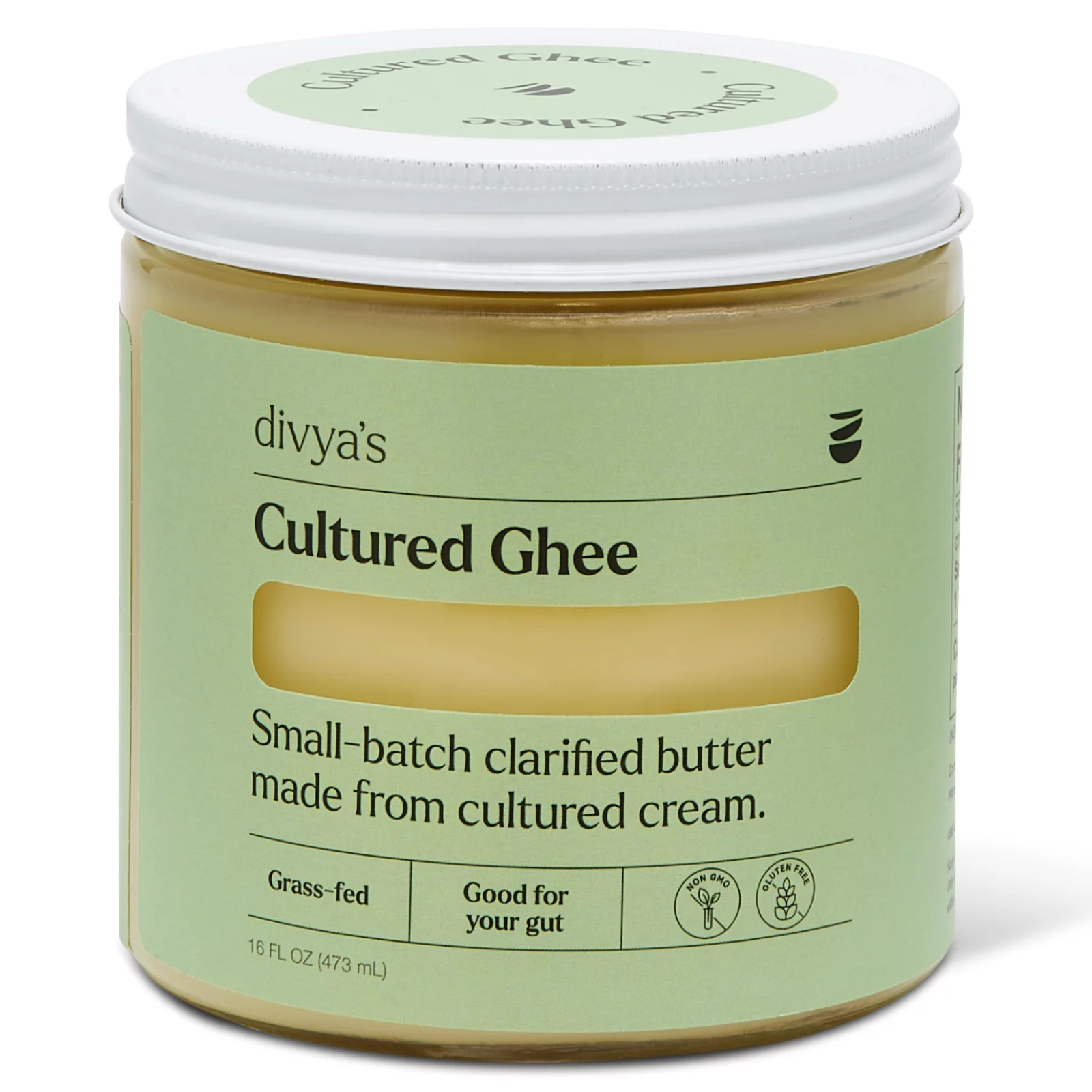Ingredient Spotlight: Turmeric
Aug 09thTurmeric is, without question, the most important spice in Ayurveda. In this article, Divya talks about the benefits of turmeric, the best ways to use it, when to avoid it and how to find the highest quality product.
- SHARE:

The King of Spices
I was 18 years old when I first walked into a yoga ashram and was served a dish cooked with turmeric. I still remember my amusement: “This rice is yellow!” If you’ve eaten Indian food before, you know that the glowing yellow color comes from cooking with the king of spices: turmeric. It is the king, the chief, the champion among spices because its properties can support some of the most important functions of our physiology.
Until the last few decades, most people in Europe or the USA did not keep turmeric on their spice rack. But now, due to a growing number of positive scientific studies, turmeric has become so desirable that it’s available in every grocery store; every health food store now carries turmeric or curcumin capsules; every juice place offers fresh turmeric drinks. Nutritionists and health cooks add raw turmeric to their smoothies, cooking adventurists just play with it until the food tastes good. It is exciting that science is validating turmeric’s benefits, known to Ayurvedic practitioners for thousands of years.
However, modern research still lacks a complete understanding of how to properly use turmeric. Some people think that if an herb is good for you, then you can mix it with anything, and the more the better. As with any potent spice, improper use of turmeric can lead to negative results.
The ancients described turmeric as bitter, slightly pungent, heating and drying. Its prime action on the body is detoxification by activating the liver, our main cleansing organ. Imagine turmeric as the best detergent for the central dishwasher of our organism. When our liver and blood are nice and clean, the rest of the body smiles.
How to Use Turmeric
1. Select the best quality if you want to get all the benefits. Real, freshly ground turmeric is of dark yellow-orange color with a strong pungent aroma. There is a lot of fake turmeric sold in the stores. The Food Fraud Database (www.foodfraud.org) lists dozens of shocking scientific reports on replacement ingredients in turmeric powder: starch, Sudan dyes, saw dust, synthetic dyes, clay and more.
Even if the turmeric you buy is pure, it’s hard to know its age and how much it has degraded from light exposure. When possible, choose organic and buy it freshly ground from your local health food store or online stores. We carry an excellent organic turmeric powder.
2. It is best to not take it raw in capsules, smoothies, salads, juices or teas; do not sprinkle it on your salad. Fresh turmeric root contains all of its oils and properties in a crude form; as anything raw, it can be too harsh on the physiology. Vaidya R.K. Mishra writes in his article The Magic of Turmeric Unveiled:
“When the liver starts to leach out toxins with the help of turmeric, and if the detox pathways found all over the body are not ready (they could be blocked, or incapable to handle a sudden toxic load efficiently), then this will affect the rest of the organs. Similarly, if the other organs such as the kidneys, or the urinary tract, or the colon, have not been prepared to handle the release of large toxic loads, then the toxic waste being released by the liver all at once without previous preparation will surely result in a “detox crisis.” It can rupture the circulatory channels while moving here and there, and worst of all, if it does not find its way out of the body safely and effectively, it will get reabsorbed which can result in auto-immune conditions.”
Traditionally in India, turmeric was never eaten raw but only used after having been correctly dried in order to protect the liver from overheating.
3. Cook with it by adding some water and fat. The water, lipid and protein molecules will bind with the turmeric for a steady delivery to the cellular system, making sure that the liver does not get overwhelmed. Add it at the beginning of cooking vegetables, lentils or grains. You may also combine it with other spices and boil it with cow’s milk, goat milk or almond milk. As mentioned above, turmeric is drying and heating. To counteract the drying effect, we have to mix it with good fat, and to balance the heating effect we have to combine it with cooling spices.
4. Combine it with cooling spices, like coriander, fennel or cumin, to pacify its heating potency. This Superspice Masala recipe is a great way to be introduced to a regular use of turmeric.
5. Use it in moderation: Start with pinches when introducing it in your diet; cut back if you show signs of detox crisis, such as diarrhea or skin rash. For a regular dose, ¼ to ½ teaspoon of turmeric powder per person per meal is enough. It is important for very Fiery individuals to reduce turmeric especially in the summer. When you are too heated or the weather is hot, you may consume turmeric by cooking it in coconut oil (¼ teaspoon turmeric with 1 tablespoon coconut oil). Sauté it on very low heat for 5 seconds, then drizzle on food. A common symptom of turmeric overdose is constipation, diarrhea or skin rash.
6. Black pepper is not necessary: There is a common misconception that turmeric requires black pepper to make it bioavailable. It’s true that black pepper helps but it is NOT necessary to include it every time you use turmeric. Following the guidelines I’ve listed will be enough to ensure proper absorption.
Contraindications
Turmeric is not recommended in these conditions: high fever, chicken pox, smallpox, active hemorrhoids, tuberculosis. If you are on any medication (including blood thinners), or are experiencing serious health problems, you must first check with your medical doctor before using turmeric.
The Healing Benefits of Turmeric
These are just a few of many:
- Kills bad bacteria
- Supports the immune system by providing the right environment for good bacteria to thrive
- Cleanses the blood by detoxifying the liver
- Fights cancer
- Enhances complexion
- Helps with anemia and ulcers
- Anti-inflammatory
- Prevents high cholesterol
How to Cure and Dry Fresh Turmeric Roots
I have learned this traditional SV Ayurveda method from Vaidya R.K. Mishra. If you have some fresh turmeric and the time to dry and grind it, here is a simple home method to process it to abate its heat. Keep in mind its power to stain yellow!
- Rinse the fresh roots, place them in a pot, and add enough cold water to cover them. Bring to a boil on high heat and as soon as the water boils, turn off the heat.
- Drain the roots and discard the water.
- The easiest way to dry your turmeric roots is by using a food dehydrator. Spread them loosely on the drying trays; dehydrate on 145’F for the first 4 hours, then reduce the heat to 125’F for 14-16 hours or until the roots are completely dry. They will be hard like rocks.
- Store the dry roots in an airtight container.
- When you want to make freshly ground turmeric, place a few roots in a plastic or cloth bag and first smash them with a hammer to break them into smaller pieces. Powder the pieces in a spice (or coffee grinder) or a high-speed blender. Grind only as much as you need for a month.
- Keep the turmeric powder in an airtight container, in a dark place, such as a kitchen cabinet. It is best to make a fresh batch every month, but it will not go bad if you keep it longer. It is not necessary to refrigerate it.
More Articles

Managing Your Sweet Tooth
Ayurveda tells us that there’s room for sugar in a healthy diet, but it’s important to choose wisely. The key: Enjoy sweets in moderation and seek healthier alternatives when possible.

How to Ground Yourself in Difficult Times
In this article, we share simple self-care practices that will keep you steady, healthy and engaged during challenging moments.

Are Raw Foods Good For You?
Here at Divya’s, we’re often asked about Ayurveda’s perspective on raw foods. In this article, we talk about the pros and cons of eating raw dishes and snacks, how to enjoy them safely and when to avoid them altogether.

An Ayurvedic Guide to Food Combining
In this article, Divya introduces the essential Ayurvedic principle of food combining. She teaches us that it’s not enough to choose healthy ingredients. True health requires us to select quality ingredients that, when combined in a meal, support strong and balanced digestion.







